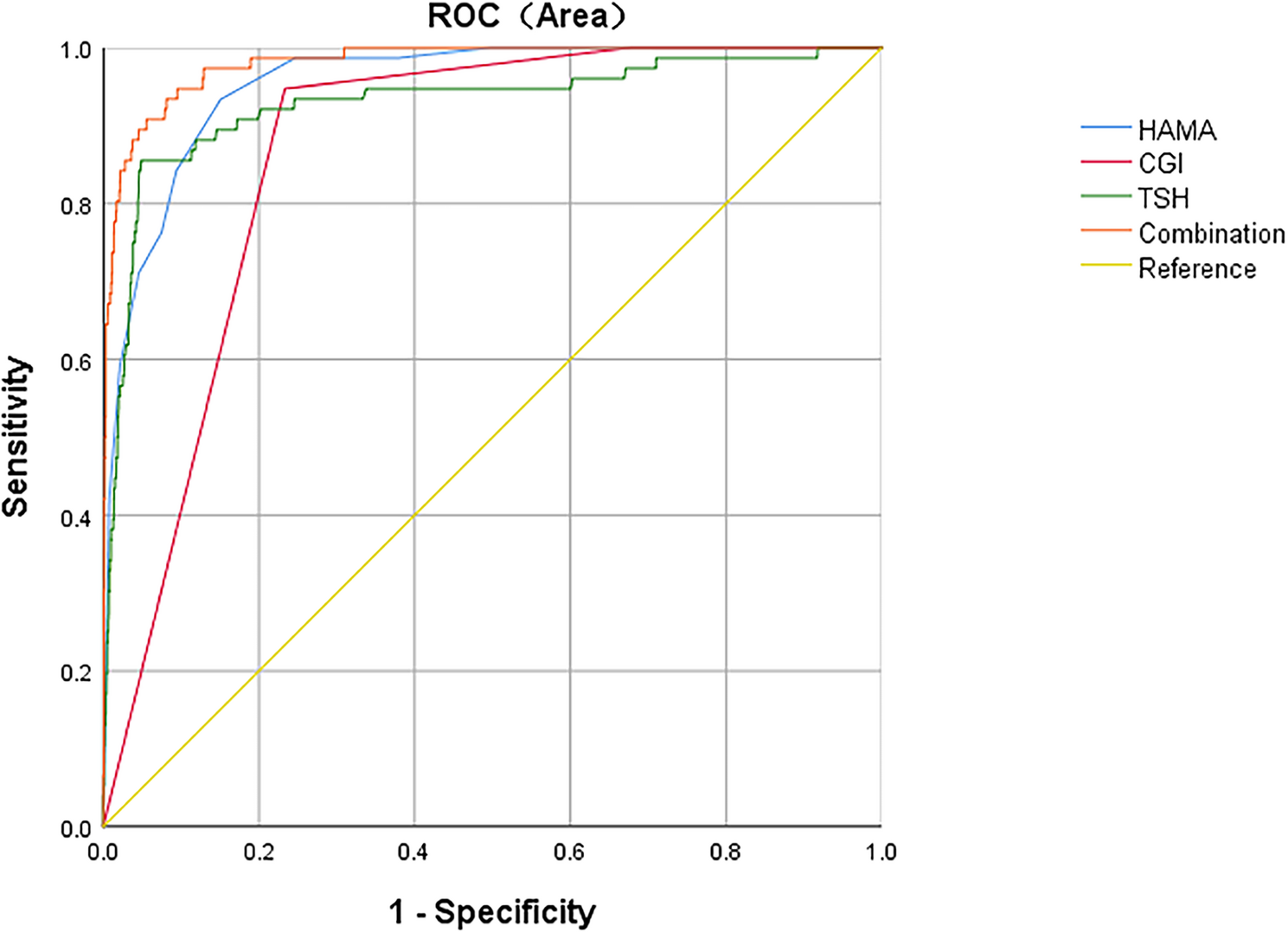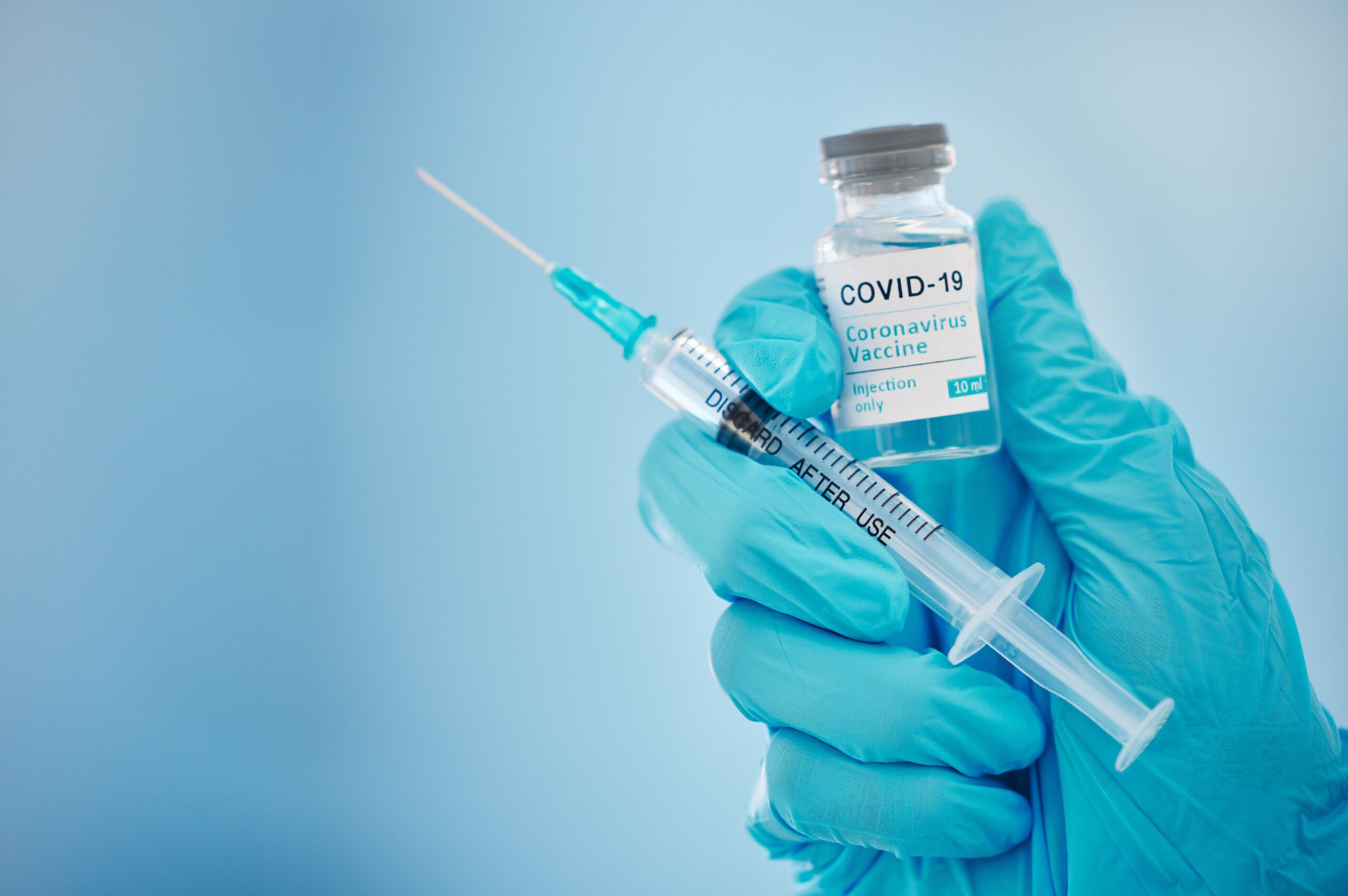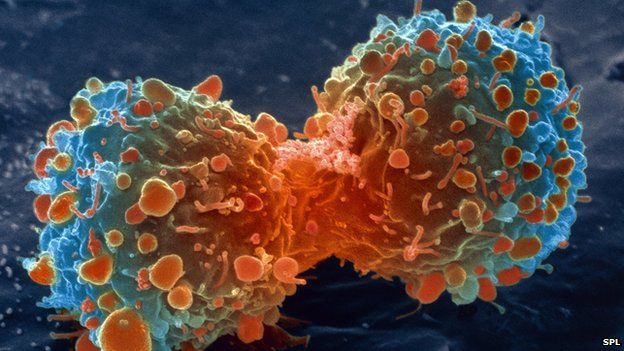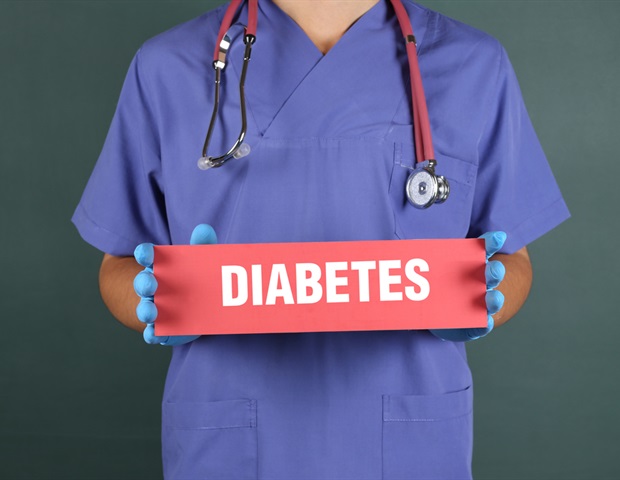Malhi GS, Mann JJ. Depression. Lancet. 2018;392(10161):2299–312.
Marx W, Penninx B, Solmi M, Furukawa TA, Firth J, Carvalho AF, et al. Major depressive disorder. Nat Rev Dis Primers. 2023;9(1):44.
Kessler RC, Bromet EJ. The epidemiology of depression across cultures. Annu Rev Public Health. 2013;34:119–38.
Bromet E, Andrade LH, Hwang I, Sampson NA, Alonso J, de Girolamo G, et al. Cross-national epidemiology of DSM-IV major depressive episode. BMC Med. 2011;9: 90.
Global prevalence and burden of depressive and anxiety disorders in 204 countries and territories in 2020 due to the COVID-19 pandemic. Lancet. 2021;398(10312):1700–12.
Global, regional, and national incidence, prevalence, and years lived with disability for 301 acute and chronic diseases and injuries in 188 countries, 1990–2013: a systematic analysis for the global burden of disease study 2013. Lancet. 2015;386(9995):743–800.
Lundberg J, Cars T, Lampa E, Ekholm Selling K, Leval A, Gannedahl A, et al. Determinants and outcomes of suicidal behavior among patients with major depressive disorder. JAMA Psychiatry. 2023;80(12):1218–25.
Simon GE, Rutter CM, Peterson D, Oliver M, Whiteside U, Operskalski B, et al. Does response on the PHQ-9 depression questionnaire predict subsequent suicide attempt or suicide death? Psychiatr Serv. 2013;64(12):1195–202.
Kessler RC, Berglund P, Borges G, Nock M, Wang PS. Trends in suicide ideation, plans, gestures, and attempts in the united states, 1990–1992 to 2001–2003. JAMA. 2005;293(20):2487–95.
Google Scholar
Coryell W, Young EA. Clinical predictors of suicide in primary major depressive disorder. J Clin Psychiatry. 2005;66(4):412–7.
Borges G, Nock MK, Haro Abad JM, Hwang I, Sampson NA, Alonso J, et al. Twelve-month prevalence of and risk factors for suicide attempts in the world health organization world mental health surveys. J Clin Psychiatry. 2010;71(12):1617–28.
van Heeringen K, Mann JJ. The neurobiology of suicide. Lancet Psychiatry. 2014;1(1):63–72.
Dubovsky SL, Ghosh BM, Serotte JC, Cranwell V. Psychotic depression: diagnosis, differential diagnosis, and treatment. Psychother Psychosom. 2021;90(3):160–77.
Association AP. Diagnostic and statistical manual of mental disorders. Text revision. 2000.
Ohayon MM, Schatzberg AF. Prevalence of depressive episodes with psychotic features in the general population. Am J Psychiatry. 2002;159(11):1855–61.
Rothschild AJ. Challenges in the treatment of major depressive disorder with psychotic features. Schizophr Bull. 2013;39(4):787–96.
DeBattista C, Belanoff J, Glass S, Khan A, Horne RL, Blasey C, et al. Mifepristone versus placebo in the treatment of psychosis in patients with psychotic major depression. Biol Psychiatry. 2006;60(12):1343–9.
Google Scholar
Gaudiano BA, Zimmerman M. The relationship between childhood trauma history and the psychotic subtype of major depression. Acta Psychiatr Scand. 2010;121(6):462–70.
Google Scholar
Wijkstra J, Burger H, van den Broek WW, Birkenhager TK, Janzing JG, Boks MP, et al. Long-term response to successful acute Pharmacological treatment of psychotic depression. J Affect Disord. 2010;123(1–3):238–42.
Ostergaard SD, Bille J, Soltoft-Jensen H, Lauge N, Bech P. The validity of the severity-psychosis hypothesis in depression. J Affect Disord. 2012;140(1):48–56.
O’Connor S, Agius M. A systematic review of structural and functional MRI differences between psychotic and nonpsychotic depression. Psychiatr Danub. 2015;27(Suppl 1):S235-9.
Stefos G, Staner L, Kerkhofs M, Hubain P, Mendlewicz J, Linkowski P. Shortened REM latency as a psychobiological marker for psychotic depression? An age-, gender-, and polarity-controlled study. Biol Psychiatry. 1998;44(12):1314–20.
Google Scholar
Zhang Y, Liu J, Chen L, Yang T, Luo X, Cui X, et al. Prevalence of co-occurring severe depression and psychotic symptoms in college students and its relationship with childhood maltreatment. Child Abuse Negl. 2023;146: 106470.
Dwyer JB, Aftab A, Radhakrishnan R, Widge A, Rodriguez CI, Carpenter LL, et al. Hormonal treatments for major depressive disorder: state of the art. Am J Psychiatry. 2020;177(8):686–705.
Paljarvi T, Tiihonen J, Lahteenvuo M, Tanskanen A, Fazel S, Taipale H. Psychotic depression and deaths due to suicide. J Affect Disord. 2023;321:28–32.
Dold M, Bartova L, Kautzky A, Porcelli S, Montgomery S, Zohar J et al. Psychotic features in patients with major depressive disorder: A report from the European group for the study of resistant depression. J Clin Psychiatry. 2019;80(1):17m12090.
Gournellis R, Tournikioti K, Touloumi G, Thomadakis C, Michalopoulou PG, Michopoulos I, et al. Psychotic (delusional) depression and completed suicide: a systematic review and meta-analysis. Ann Gen Psychiatry. 2018;17: 39.
Heslin M, Young AH. Psychotic major depression: challenges in clinical practice and research. Br J Psychiatry. 2018;212(3):131–3.
Google Scholar
Ma YJ, Wang DF, Yuan M, Zhang XJ, Long J, Chen SB, et al. The prevalence, metabolic disturbances and clinical correlates of recent suicide attempts in Chinese inpatients with major depressive disorder. BMC Psychiatry. 2019;19(1):144.
Feinstein AR. The pre-therapeutic classification of co-morbidity in chronic disease. J Chronic Dis. 1970;23(7):455–68.
Google Scholar
Zhang L, Verwer RWH, Zhao J, Huitinga I, Lucassen PJ, Swaab DF. Changes in glial gene expression in the prefrontal cortex in relation to major depressive disorder, suicide and psychotic features. J Affect Disord. 2021;295:893–903.
Google Scholar
Beck AT, Ward CH, Mendelson M, Mock J, Erbaugh J. An inventory for measuring depression. Arch Gen Psychiatry. 1961;4:561–71.
Google Scholar
Eknoyan G. Adolphe Quetelet (1796–1874)–the average man and indices of obesity. Nephrol Dial Transplant. 2008;23(1):47–51.
Busner J, Targum SD. The clinical global impressions scale: applying a research tool in clinical practice. Psychiatry (Edgmont). 2007;4(7):28–37.
Konstantakopoulos G, Masdrakis VG, Markianos M, Oulis P. On the differential diagnosis of anxious from nonanxious major depression by means of the Hamilton scales. ScientificWorldJournal. 2013;2013:294516.
Kay SR, Fiszbein A, Opler LA. The positive and negative syndrome scale (PANSS) for schizophrenia. Schizophr Bull. 1987;13(2):261–76.
Google Scholar
Kay SR, Opler LA, Lindenmayer JP. Reliability and validity of the positive and negative syndrome scale for schizophrenics. Psychiatry Res. 1988;23(1):99–110.
Google Scholar
Silverman MM, Berman AL, Sanddal ND, O’Carroll PW, Joiner TE. Rebuilding the tower of babel: a revised nomenclature for the study of suicide and suicidal behaviors. Part 2: Suicide-related ideations, communications, and behaviors. Suicide Life Threat Behav. 2007;37(3):264–77.
Surhone LM, Tennoe MT, Henssonow SF, Deviation S. Variance Inflation Factor: Encyclopedia of Statistical Sciences. 2004.
Kelleher I, Corcoran P, Keeley H, Wigman JT, Devlin N, Ramsay H, et al. Psychotic symptoms and population risk for suicide attempt: a prospective cohort study. JAMA Psychiatr. 2013;70(9):940–8.
Lykouras L, Gournellis R, Fortos A, Oulis P, Christodoulou GN. Psychotic (delusional) major depression in the elderly and suicidal behaviour. J Affect Disord. 2002;69(1–3):225–9.
Xin LM, Su YA, Yan F, Yang FD, Wang G, Fang YR, et al. Prevalence, clinical features and prescription patterns of psychotropic medications for patients with psychotic depression in China. J Affect Disord. 2022;301:248–52.
Kus A, Kjaergaard AD, Marouli E, Del Greco MF, Sterenborg R, Chaker L, et al. Thyroid function and mood disorders: A Mendelian randomization study. Thyroid. 2021;31(8):1171–81.
Google Scholar
Zhang X, Lu Q, Luo Y, Wang L, Tian Y, Luo X. The causal relationship between major depression disorder and thyroid diseases: a Mendelian randomization study and mediation analysis. J Affect Disord. 2024;359:287–99.
Jia Y, Zhong S, Wang Y, Liu T, Liao X, Huang L. The correlation between biochemical abnormalities in frontal white matter, hippocampus and serum thyroid hormone levels in first-episode patients with major depressive disorder. J Affect Disord. 2015;180:162–9.
Google Scholar
Banki CM, Arato M, Papp Z, Kurcz M. Biochemical markers in suicidal patients. Investigations with cerebrospinal fluid amine metabolites and neuroendocrine tests. J Affect Disord. 1984;6(3–4):341–50.
Google Scholar
Peng P, Wang Q, Ren H, Zhou Y, Hao Y, Chen S, et al. Association between thyroid hormones and comorbid psychotic symptoms in patients with first-episode and drug-naive major depressive disorder. Psychiatry Res. 2023;320: 115052.
Google Scholar
Fugger G, Dold M, Bartova L, Kautzky A, Souery D, Mendlewicz J, et al. Comorbid thyroid disease in patients with major depressive disorder – results from the European group for the study of resistant depression (GSRD). Eur Neuropsychopharmacol. 2018;28(6):752–60.
Google Scholar
Duval F, Mokrani MC, Monreal-Ortiz JA, Fattah S, Champeval C, Schulz P, et al. Cortisol hypersecretion in unipolar major depression with melancholic and psychotic features: dopaminergic, noradrenergic and thyroid correlates. Psychoneuroendocrinology. 2006;31(7):876–88.
Google Scholar
Duval F, Mokrani MC, Erb A, Danila V, Gonzalez Lopera F, Jeanjean L. Dopaminergic, noradrenergic, adrenal, and thyroid abnormalities in psychotic and affective disorders. Front Psychiatry. 2020;11:533872.
Contreras F, Menchon JM, Urretavizcaya M, Navarro MA, Vallejo J, Parker G. Hormonal differences between psychotic and non-psychotic melancholic depression. J Affect Disord. 2007;100(1–3):65–73.
Google Scholar
Khoodoruth MAS, Abdo AKA, Ouanes S. Quetiapine-induced thyroid dysfunction: a systematic review. J Clin Pharmacol. 2022;62(1):20–35.
Google Scholar
Bou Khalil R, Richa S. Thyroid adverse effects of psychotropic drugs: a review. Clin Neuropharmacol. 2011;34(6):248–55.
McKnight RF, Adida M, Budge K, Stockton S, Goodwin GM, Geddes JR. Lithium toxicity profile: a systematic review and meta-analysis. Lancet. 2012;379(9817):721–8.
Google Scholar
Shelton RC, Winn S, Ekhatore N, Loosen PT. The effects of antidepressants on the thyroid axis in depression. Biol Psychiatry. 1993;33(2):120–6.
Google Scholar
Sharma V. Atypical antipsychotics and suicide in mood and anxiety disorders. Bipolar Disord. 2003;5(Suppl 2):48–52.
Google Scholar
Mathialagan K, Amuk Ceren O, Eskander N, Patel RS. Comorbid anxiety and suicidal behaviors in American adolescents with major depression. Cureus. 2020;12(6):e8598.
Wang Q, Ren H, Liu T, Zhang XY. Serial multiple mediating roles of anxiety and thyroid-stimulating hormone in the relationship between depression and psychotic symptoms in young adults with anxious depression. J Affect Disord. 2024;351:8–14.
Google Scholar
Luo G, Jing Y, Yang J, Wang S, Xuekelaiti Z, Yao C, et al. The influence of gender-specific factors influencing severe anxiety in psychotic major depression: role of thyroid hormones and depression severity. J Neural Transm (Vienna). 2024;131(7):833–45.
Google Scholar
Oh BH, Du J, Smith L, Koyanagi A. Psychotic experiences are associated with greater impairment among students in higher education with depression and anxiety in the United States. J Affect Disord. 2024;344:325–8.
Rihmer Z, Rihmer A. Depression and suicide – the role of underlying bipolarity. Psychiatr Hung. 2019;34(4):359–68.
Schatzberg AF, Rothschild AJ. Psychotic (delusional) major depression: should it be included as a distinct syndrome in DSM-IV? Am J Psychiatry. 1992;149(6):733–45.
Google Scholar
Nahm FS. Receiver operating characteristic curve: overview and practical use for clinicians. Korean J Anesthesiol. 2022;75(1):25–36.
Gallagher AG, Washburn D, Jacobson JA, Harkness KL. Negative feedback-seeking in depression: the moderating roles of rumination and interpersonal life stress. J Clin Psychol. 2024;80(2):471–89.
Yarrington JS, Metts AV, Zinbarg RE, Nusslock R, Wolitzky-Taylor K, Hammen CL, et al. The role of positive and negative aspects of life events in depressive and anxiety symptoms. Clin Psychol Sci. 2023;11(5):910–20.
Cleary JL, Fang Y, Zahodne LB, Bohnert ASB, Burmeister M, Sen S. Polygenic risk and social support in predicting depression under stress. Am J Psychiatry. 2023;180(2):139–45.
Watters ER, Aloe AM, Wojciak AS. Examining the associations between childhood trauma, resilience, and depression: a multivariate meta-analysis. Trauma Violence Abuse. 2023;24(1):231–44.









